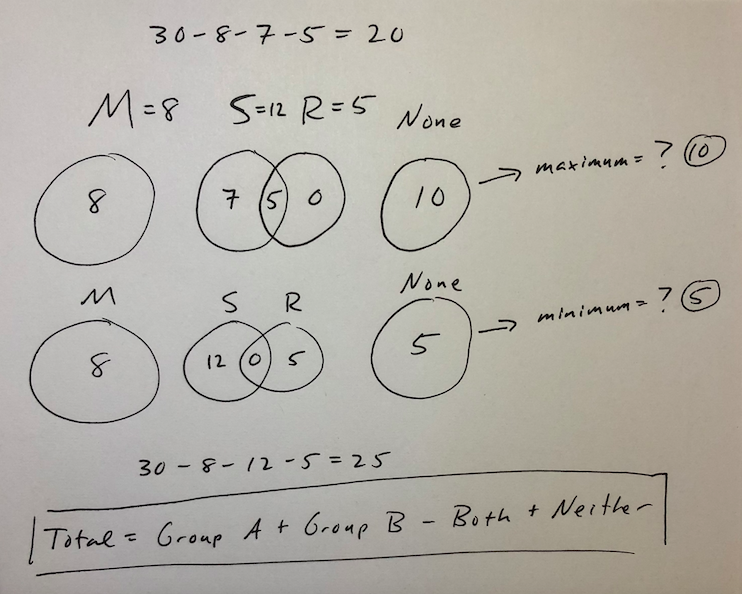Events & Promotions
| Last visit was: 23 Apr 2024, 18:58 |
It is currently 23 Apr 2024, 18:58 |

Customized
for You
Track
Your Progress
Practice
Pays
08:30 AM PDT
-09:30 AM PDT
07:30 AM PDT
-12:00 PM PDT
10:00 AM PDT
-11:00 AM PDT
12:00 PM EDT
-01:00 PM EDT
03:00 PM PDT
-04:00 PM PDT
11:00 AM EDT
-12:00 PM EDT
11:00 AM IST
-01:00 PM IST
11:00 AM IST
-01:00 PM IST
12:00 PM PDT
-01:00 PM PDT
06:45 AM PDT
-12:00 PM PDT

Difficulty:


 45%
(medium)
45%
(medium)
Question Stats:
67% (01:43) correct 33%
(01:49)
wrong
33%
(01:49)
wrong  based on 639
sessions
based on 639
sessions

ans.png [ 6.3 KiB | Viewed 19051 times ]

ans.png [ 14.83 KiB | Viewed 22259 times ]










|
|
||
|
Hi Generic [Bot],
Here are updates for you:
ANNOUNCEMENTS
Watch earlier episodes of DI series below EP1: 6 Hardest Two-Part Analysis Questions EP2: 5 Hardest Graphical Interpretation Questions
Tuck at Dartmouth
|